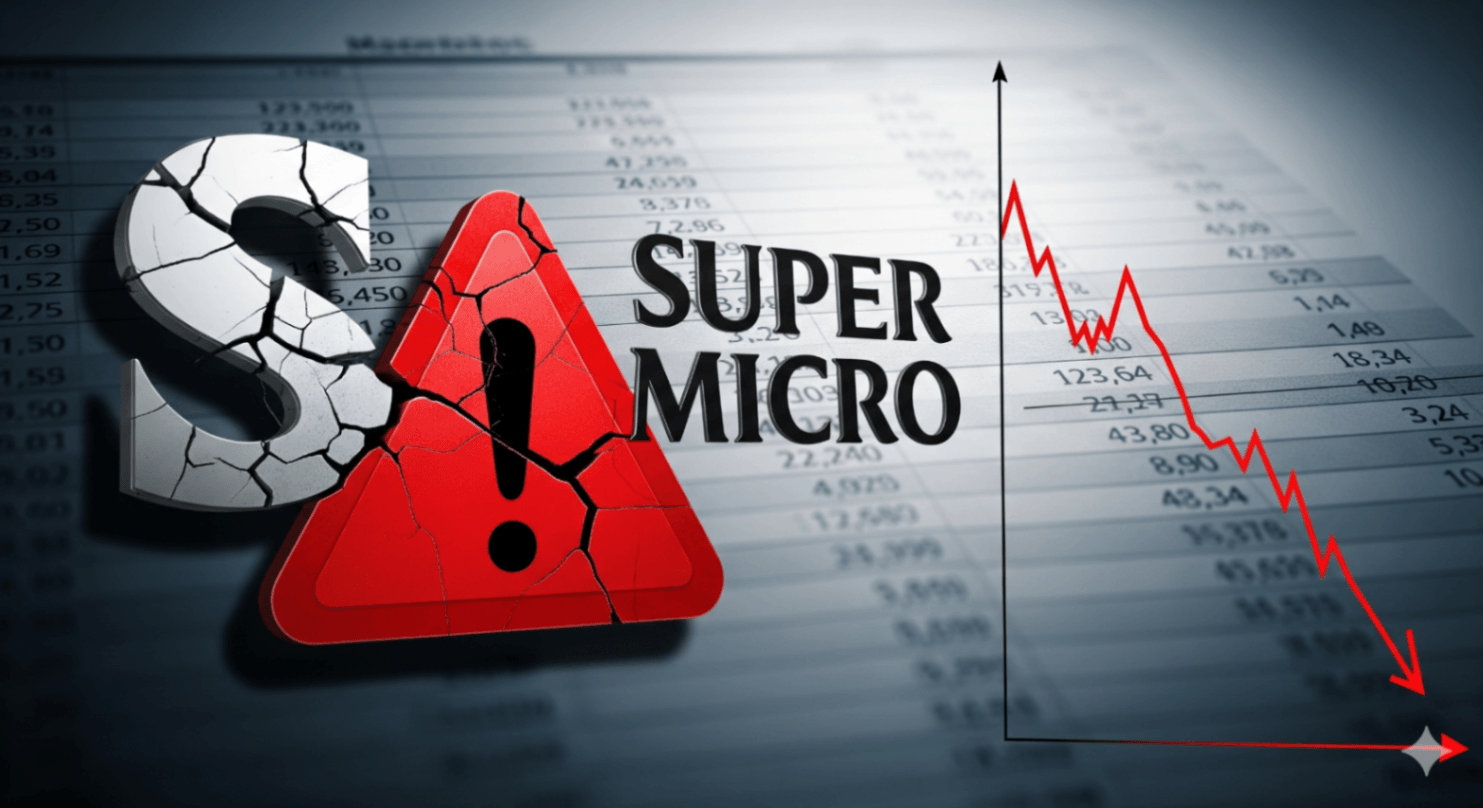Introduction
Ford’s CEO is sounding a clear alarm: once U.S. federal EV tax credits expire, electric vehicle sales may plunge by as much as 50%. The comment comes as the $7,500 incentive—long a driver of EV adoption in America—is scheduled to sunset at the end of September 2025. With automakers scrambling to maintain momentum, Ford’s stark prediction underscores how fragile demand remains without government support.
Key Highlights
- Ford CEO expects EV demand could fall by 50% following the end of the federal tax credit.
- Automakers, including Ford and GM, are rolling out workaround programs so dealers can still offer credit benefits after the cut-off.
- Market watchers warn that EV sales and leases will decline sharply in the months ahead without incentives.
- Ford and GM’s financing arms will prepay down payments on cars in dealer inventory to still claim the credit and pass it through to lessees.
Deep Insights: Why the Slump Is Possible
Incentives Fuelled Much of the Growth
Over the years, the $7,500 tax credit was a critical lever in shifting consumer behavior—closing the gap between internal combustion and EV sticker prices. Its removal doesn’t just eliminate a discount: it removes certainty in the value proposition. Without that aid, many potential buyers may return to gas vehicles or delay purchase.
Price Elasticity & Market Psychology
EV demand is highly price-sensitive. When key subsidies disappear, many consumers reassess their purchase timing. Dealers and analysts fear much of the “pull-forward” effect—where buyers rushed to secure credits before expiration—will leave a vacuum afterward. In fact, analysts already project steep declines.
Automakers Are Trying to Cushion the Blow
Ford and GM are launching programs to stretch the credit’s benefits beyond the official sunset. Their financing arms will make down payments to qualify for the credit, then allow dealers to lease with that subsidy baked in—effectively passing the credit along. Ford plans to extend this through December 31, 2025.
While clever, these are stopgap measures. They can only protect vehicles already in inventory and won’t fully compensate for lost incentives on new production beyond that period.
Market Impact: What This Means for Automakers & Investors
- Production & inventory risk: Automakers may overbuild in anticipation of demand, then be left sitting on excess EV inventory.
- Profit margins squeezed: To maintain volume, companies might deepen discounts, hurting margins.
- Competitive shakeout: Brands with stronger cost controls or more diversified portfolios may survive better; weaker players may cede ground.
- Stock volatility: EV makers and suppliers could experience sharp corrections in valuation, especially those heavily reliant on U.S. consumer demand.
Expert Views
“This is the moment of reckoning,” says an auto industry analyst. “If incentives vanish, we’ll see who built their business on fundamentals versus subsidies.”
Observers note that EV adoption in countries that removed incentives shows a lagging but steady pullback—sometimes across several quarters—before stabilization. The U.S. may follow that playbook.
FAQs
Q: Is the $7,500 tax credit ending for good?
Yes—under the current law, the federal EV purchase tax credit expires September 30, 2025, unless new legislation revives or replaces it.
Q: Will the “dealer workaround” programs completely offset the loss?
No. They help maintain incentives for leased and in-stock vehicles but do not apply to future production or all buyers.
Q: Is Ford alone in warning of major sales drop?
No. Industry analysts, dealers, and other automakers are also bracing for a meaningful decline in EV demand after incentives vanish.
Q: Could state or local incentives fill the gap?
Possibly. Some states may ramp up EV subsidies, rebates, or tax breaks—but they’re unlikely to fully replace the scale and reach of the federal program.
Q: How long might the downturn last?
It depends on supply chain costs, battery prices, charging infrastructure growth, and whether new incentives or policies emerge. But analysts warn it could take multiple quarters to recover momentum.
Conclusion
Ford’s warning—that EV sales may be cut in half after the tax credit ends—is dramatic but grounded in reality. The end of a $7,500 incentive doesn’t just subtract dollars; it subtracts confidence, affordability, and momentum.
Automakers are scrambling now to bridge the gap with creative finance programs, but those fixes are temporary. The real test is whether the EV market can sustain itself when government support fades. And right now, that’s anything but assured.

































